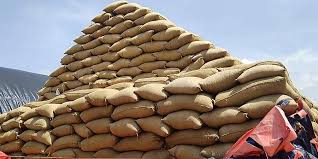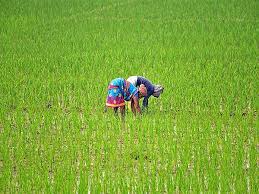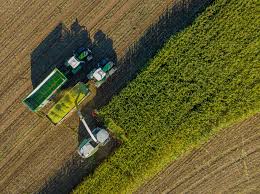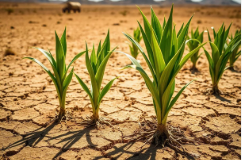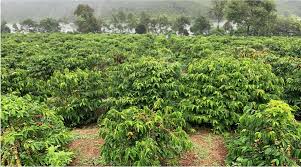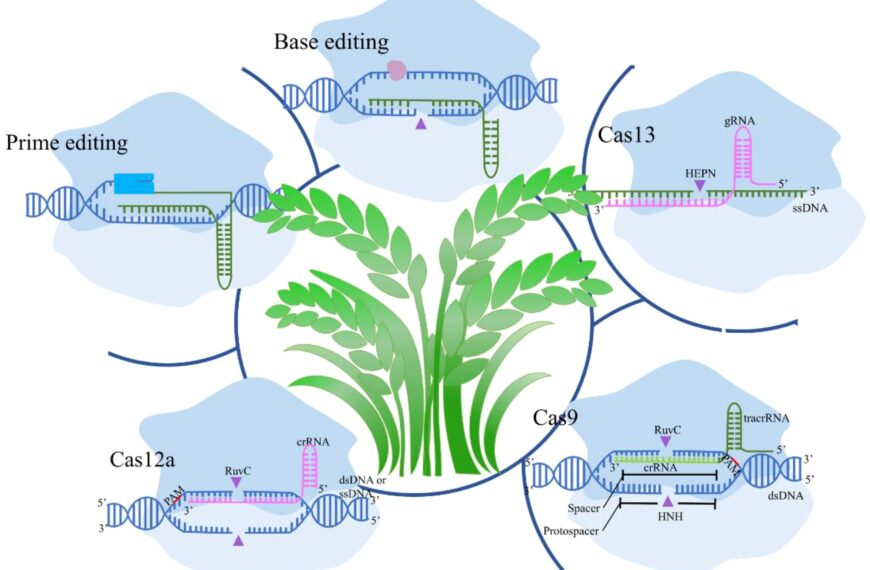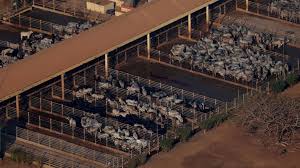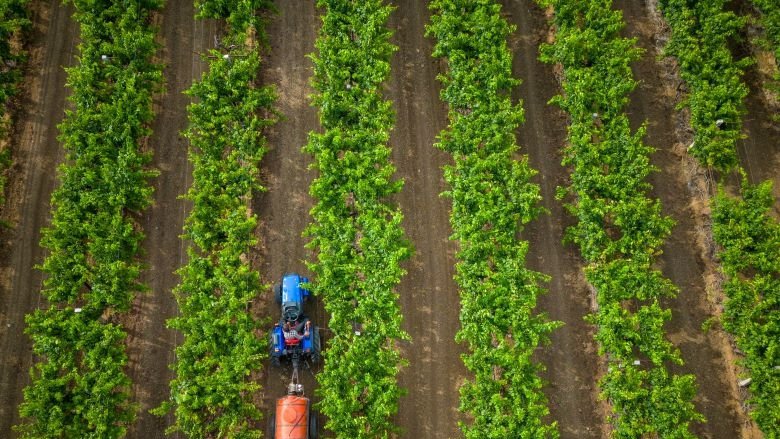
Uttar Pradesh, India’s most populous state, has once again emerged as a beacon of agricultural innovation, earning high praise from the World Bank. During a recent visit, World Bank President Ajay Banga commended the state’s forward-looking approach to farming, calling it a “model of resilience and sustainability” that could serve as an example for the world.
Banga highlighted several key elements of Uttar Pradesh’s agriculture system that set it apart. The state has strategically promoted the use of heat-tolerant seeds, allowing crops to withstand rising temperatures and erratic weather patterns, a growing concern due to climate change. Complementing this, farmers are now using fertilizers that are specifically matched to local soil conditions, which not only enhances crop yield but also reduces environmental impact.
Another standout feature is the state’s adoption of regenerative agricultural practices. These methods focus on restoring soil health, conserving water, and maintaining biodiversity. Techniques such as crop rotation, organic manuring, and minimal tillage are helping farmers increase productivity while protecting natural resources. These initiatives are further strengthened by efficient irrigation systems that ensure optimal water use and reduce wastage, even in water-scarce regions.
Banga also emphasized the importance of robust insurance and financing mechanisms in Uttar Pradesh’s agricultural framework. Comprehensive crop insurance schemes and accessible credit facilities help safeguard farmers against unpredictable challenges such as floods, droughts, and pest attacks. These systems encourage farmers to invest in modern techniques and inputs without fear of financial loss, creating a stable and resilient agricultural economy.
At the heart of Uttar Pradesh’s agricultural transformation lies digital technology, which Banga described as the “glue” that holds the system together. Digital platforms are being used for real-time monitoring of crop health, precision farming, weather forecasting, and efficient distribution of resources. By leveraging technology, farmers can make informed decisions, reduce losses, and improve overall productivity, ensuring that the benefits of modern agriculture reach even small and marginal farmers.
The World Bank has expressed strong interest in replicating Uttar Pradesh’s agriculture model globally. Banga pointed out that the integrated approach adopted by the state—combining technology, climate-smart practices, financial support, and scientific inputs—offers a blueprint for enhancing agricultural resilience in other regions facing similar environmental and economic challenges.
Experts note that Uttar Pradesh’s success is a result of collaborative efforts between government authorities, research institutions, and farming communities. Extension services, training programs, and awareness campaigns have ensured that farmers are equipped with the knowledge and tools needed to adopt these innovations effectively. As a result, the state has not only improved crop yields and farmer incomes but has also strengthened food security and climate resilience.
This recognition from the World Bank underscores the emerging leadership of Uttar Pradesh in sustainable agriculture. By prioritizing innovation, climate adaptation, and farmer welfare, the state is setting a benchmark for other Indian states and countries worldwide. The model demonstrates that modern agriculture can be both productive and environmentally responsible, offering hope for a future where farming communities can thrive despite global challenges.
As the world looks to address the pressing issues of food security and climate change, Uttar Pradesh’s experience offers valuable lessons. Through strategic use of technology, science-driven practices, and supportive financial systems, the state is proving that resilient agriculture is achievable and scalable. With the World Bank planning to replicate this approach globally, Uttar Pradesh is poised to make a lasting impact on the future of sustainable farming.

